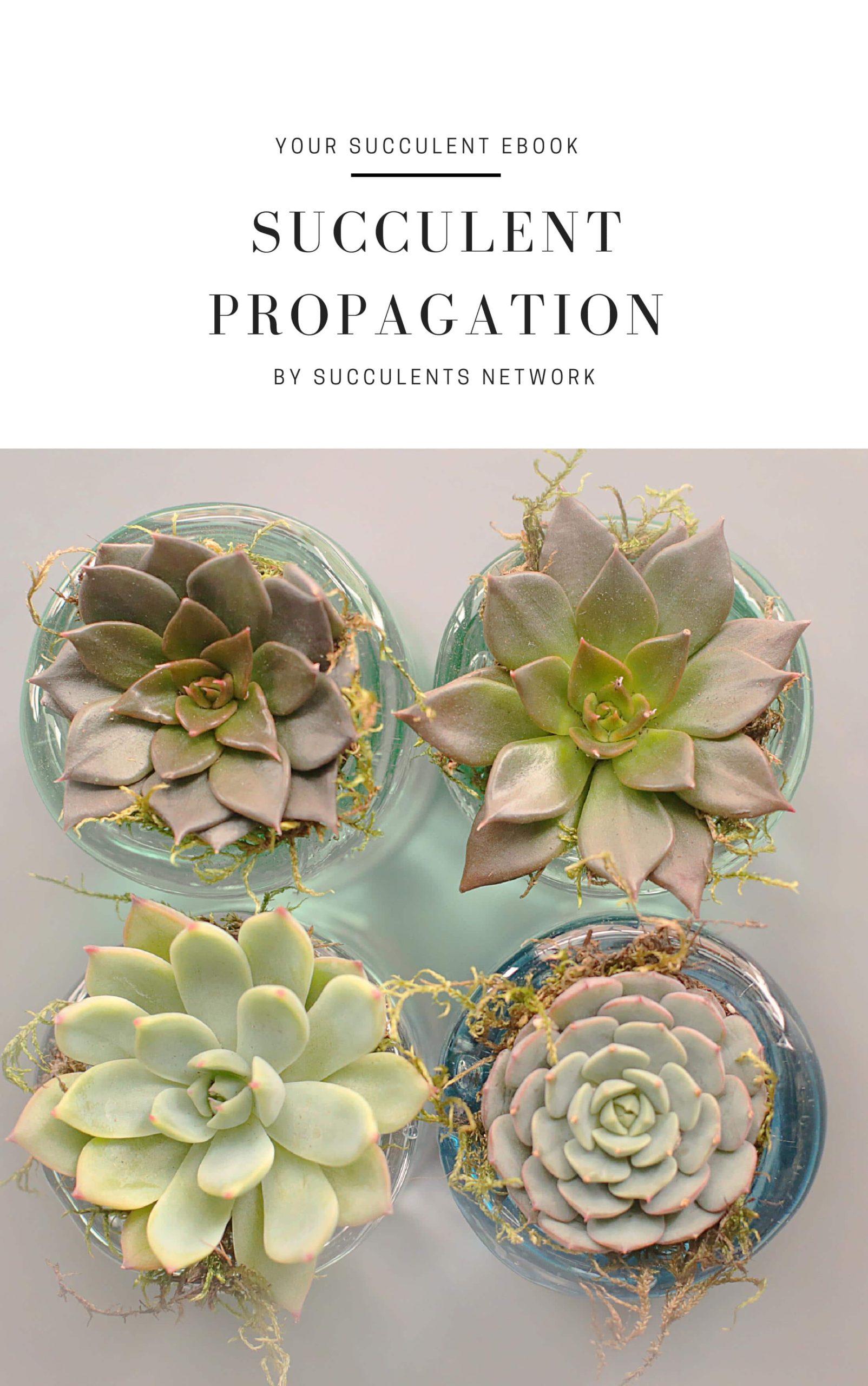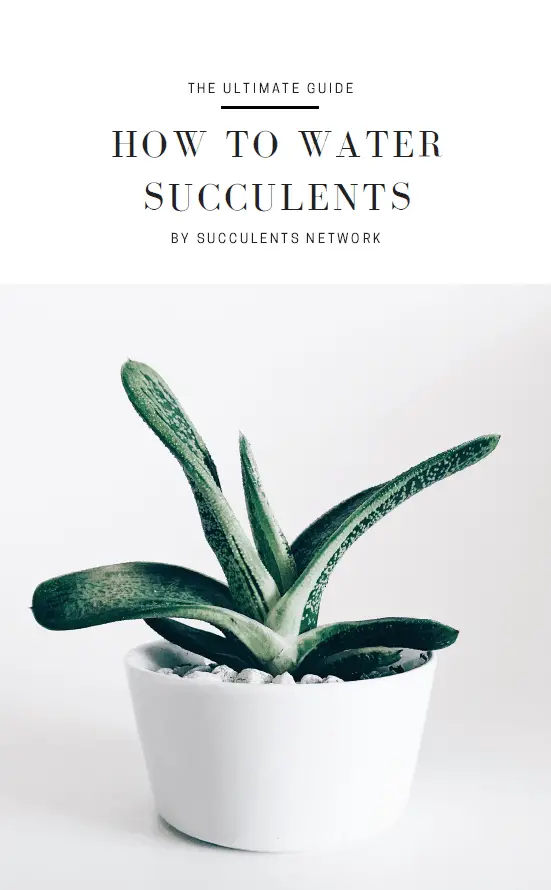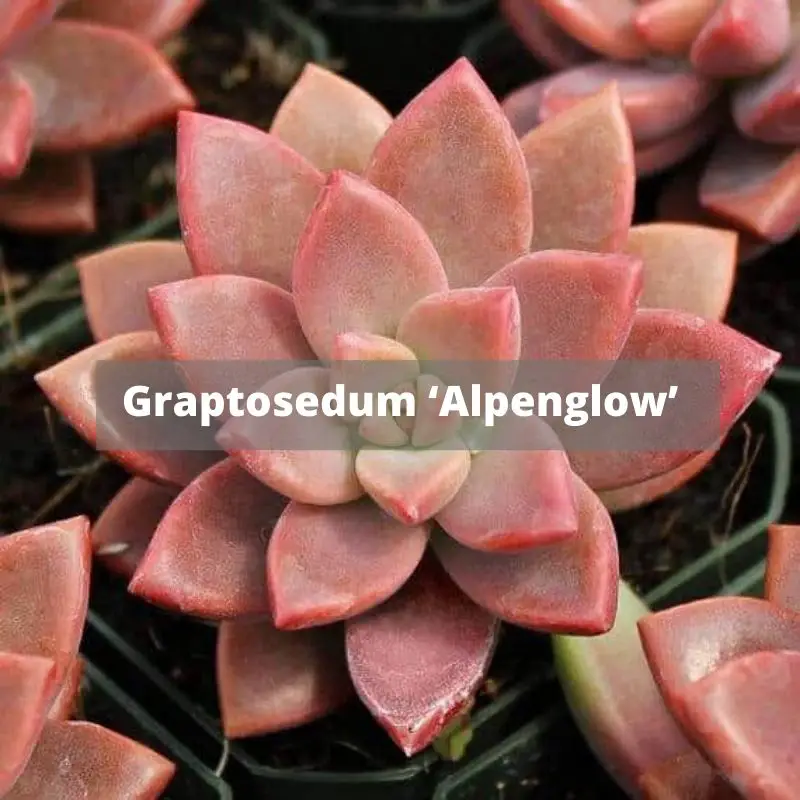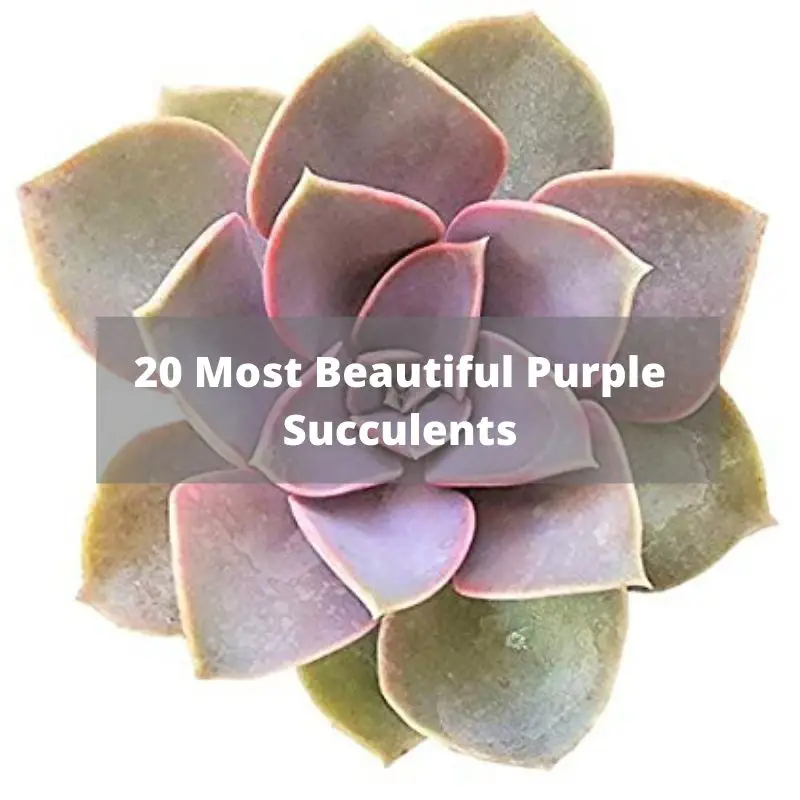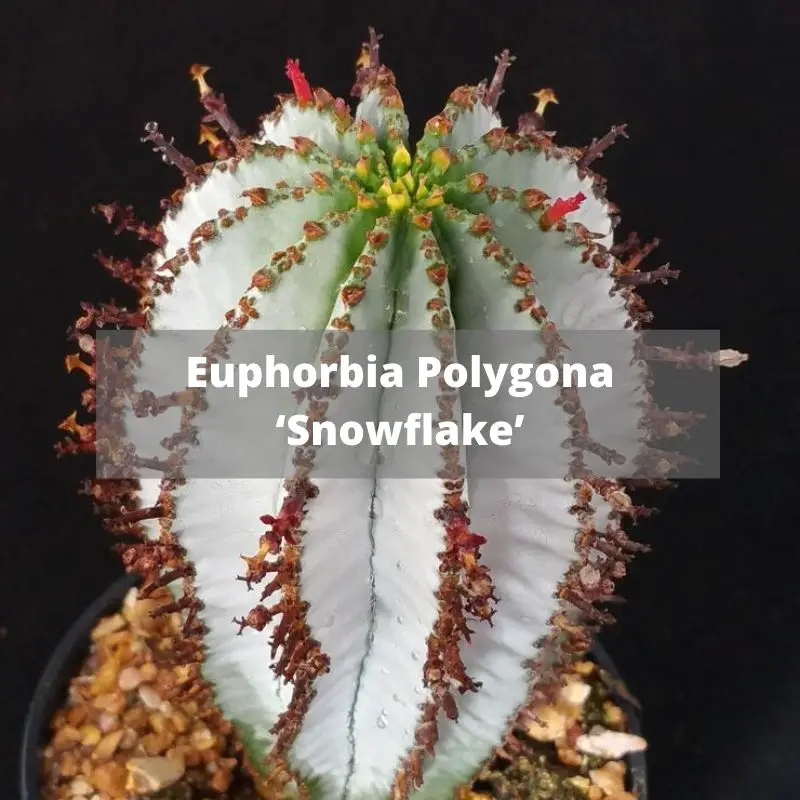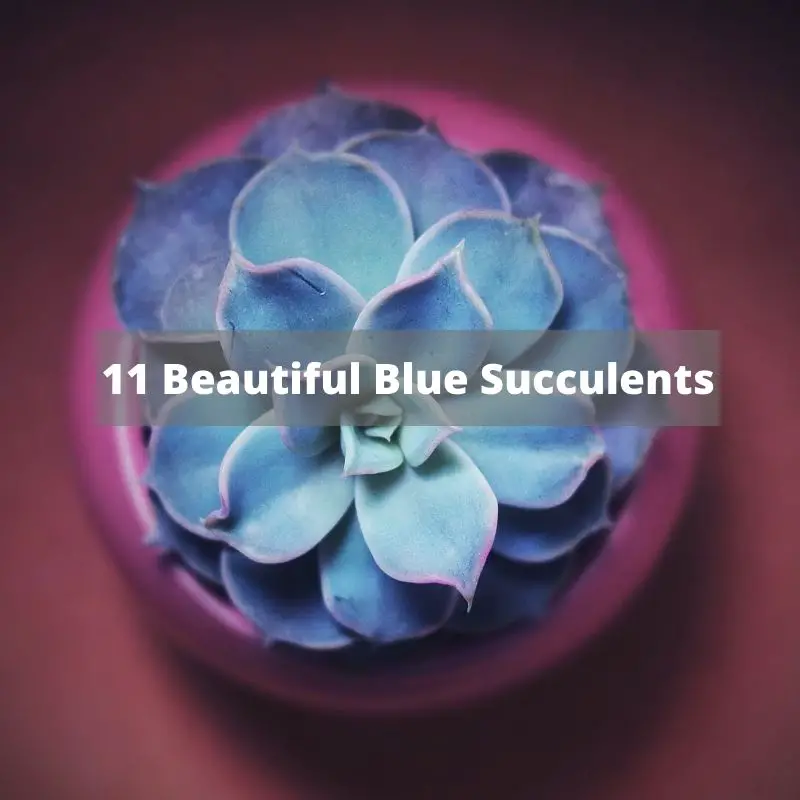Incorporating plant life is one of the simplest and most rewarding ways to decorate your home or office space. The mere sight of a plant thriving indoors will brighten your mood, soothe anxieties, and inspire heightened energy levels. Even better, most plants will work to improve the air quality of indoor spaces, generating oxygen and eliminating pollution, which makes them an ideal alternative to mechanical air purifiers. They’re certainly much easier on the eyes!
Still, some popular species of houseplants can be fairly high maintenance. If you travel often or frequently work long hours away from home, you may find that your houseplants are underwatered and withering. If you’re home regularly, your plants might instead be overwatered with drowning roots. Some plants need to be repositioned throughout the changing seasons of the year to ensure they’re getting enough sun exposure; others may dry out and die if they get too much sunlight. Some need trimming and pruning, re-potting, special nutrients or fertilizers, and other forms of special attention. Plants can get infections, diseases, and pest infestations. And then, of course, some can be quite harmful if they are eaten by your beloved housepets.
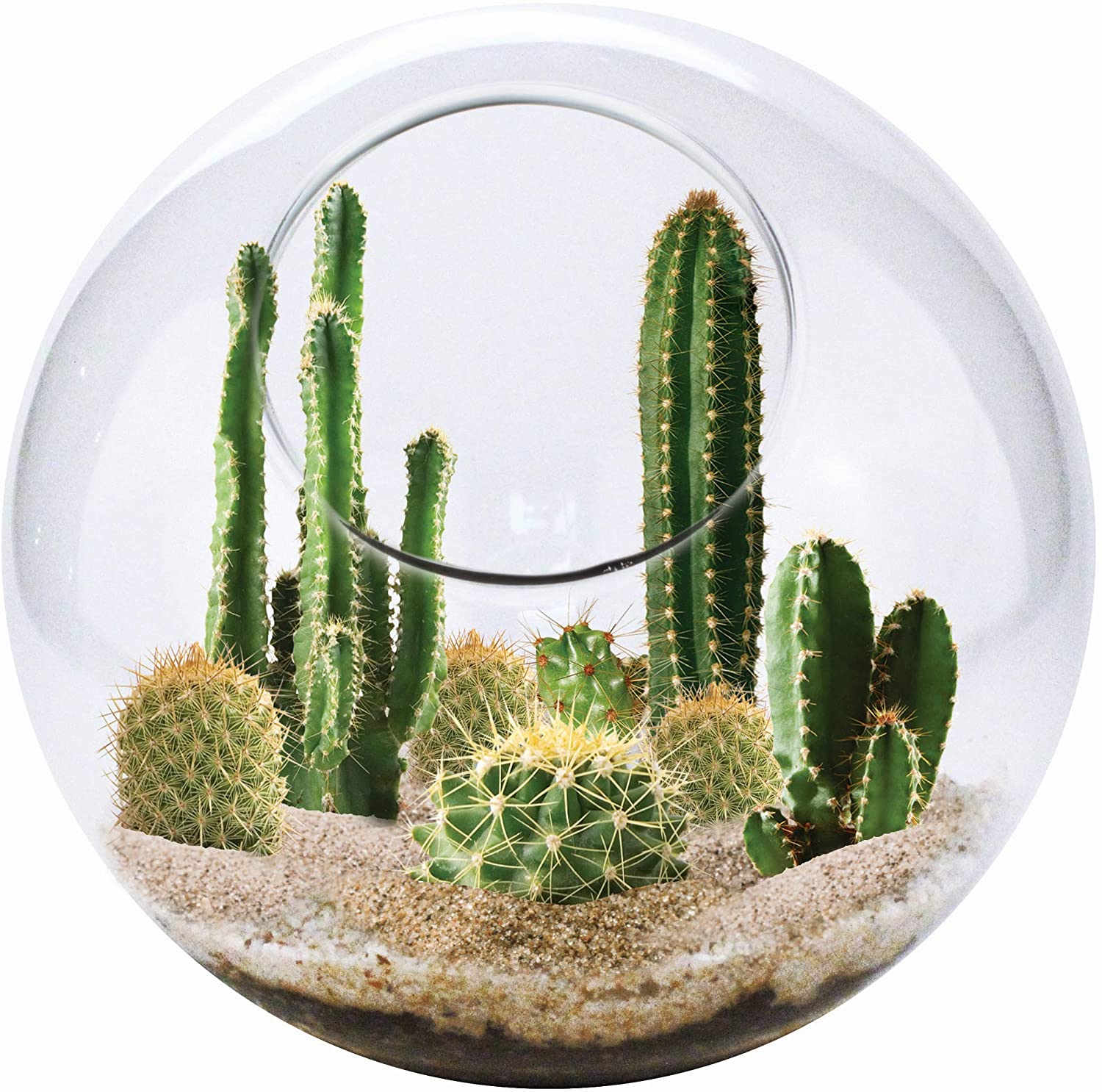
Picture via Amazon
Cactus Terrariums: A Simpler Alternative
If you want some low maintenance greenery to spruce up your home decor without breaking the bank or tethering you to a daily maintenance schedule, a cactus terrarium is absolutely the way to go! These exotic desert plants come in a vast array of fascinating shapes and colors. Some are itty-bitty and delicate, while others are large and robust; some are simple and minimalist, while others grow into bizarre shapes and wild colors. Whatever your preference might be, you’ll be able to find a species to suit your taste.
Benefits Of Cacti
Cacti are hardy, resilient, and drought-tolerant plants, so they can easily survive on their own while you’re away on vacation. They are not susceptible to many illnesses that plague common houseplants. Even if they’re nurtured in less than ideal conditions, they’ll usually stop growing and fight to survive for months, waiting for conditions to improve, rather than wilting right away.
Smaller specimens are generally inexpensive, so you can purchase several cacti at once without making a dent in your budget. Their thorny skins will make them unappealing to housepets. You might aim to keep a cactus terrarium in or near your bedroom since cacti will work to naturally fight bacterial growth and promote peaceful sleep by purifying oxygen.
That being said, it is a myth that cacti are idiot-proof plants to install and care for. Often, cactus terrarium designs that you’ll see for sale in boutiques, or used as centerpieces for special events are arranged for short- term survival. If you want your cactus terrarium to thrive for months or years, it’s important to educate yourself about desert ecology and get your plants started off on the right foot.
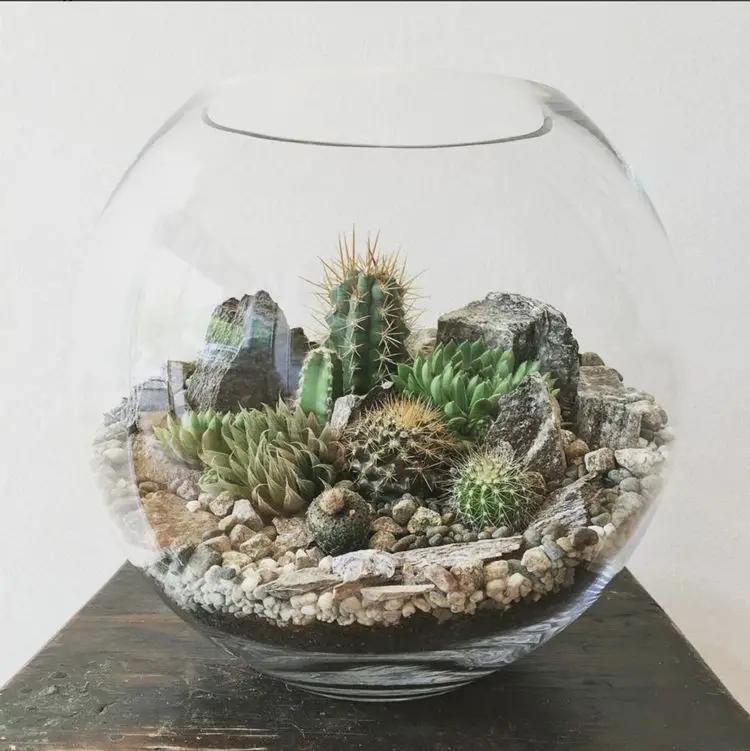
Picture via Pinterest
How to Create a Cactus Terrarium
- Step 1: Choose a glass container and decide where to place it in your home. Make sure it gets plenty of direct sunlight!
- Step 2: Fill the bottom of the container with your chosen soil material. A popular choice is a mixture of 2 parts potting mix and 1 part coarse builder’s sand.
- Step 3: Make space for the roots of your cactus and install the plants, making sure you leave some space between them for eventual growth. Wear gloves to protect your hand from thorns.
- Step 4: Let the plants adjust to the new setting for up to a week before first watering.
- Step 5: Water thoroughly, so that all the soil in the container is soaked.
- Step 6: Do not water your cactus terrarium again until the top 3-4 inches of soil have completely dried out.
Are you struggling with propagation? This ebook is a how-to guide created for successful propagation. You will find detailed and helpful information for all the propagation methods. It is suitable for you whether you’re just starting with them or ready to advance your knowledge.
Choosing The Best Container
The key to success with a cactus terrarium is to understand how the glass container and soil you use will define the plant’s living conditions. Closed terrariums are pretty, but not ideal for cacti and succulents–in fact, they tend to lead to a quick death for these plants. Rounded bowls with small openings, like fish bowls or round hanging terrariums, are a little better, but not by much.
The health of a cactus is easily threatened by excess moisture. These plants have evolved to make the most of occasional rainfalls between long hot and dry spells, so in a closed terrarium, where there is no way for the water fed into the soil to evaporate, the cactus will essentially drown in the atmospheric humidity. A rounded bowl with a small opening will air things out a bit, but its glass will still work to magnify sunlight from all directions while allowing very little airflow within the bowl for heat and moisture to escape.
The Importance of Sunlight and Air Flow
To combat the greenhouse effect, some plant sellers will recommend keeping your cactus terrarium in partial shade. This is not ideal for your plants, either, as most cacti need full sun during the daytime and a cooling- off period at night. What these plants really want is a dry heat, proper water drainage, and regular air circulation.
A preferable alternative is to choose a glass container that will give the cacti more open air. Whether the container is square, rectangular, or round, avoid planting the cacti too low within its walls; let the plants emerge from the top, or you’ll run the risk of cooking them in magnified sunlight. Another great option is a rounded glass bowl with a slanted opening that is as wide as the bowl’s full circumference. Just make sure the open side faces the sunlight, not the other way around.
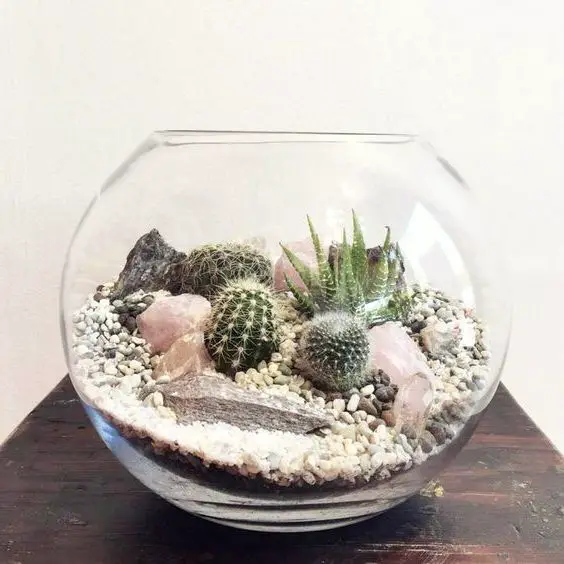
Picture via laidbackgardener
Creating a Soil Base
Another design element is the rocks and soil your cacti will take root in. While it may look great to have layers of pebbled rock, gravel, soil, and sand in your cactus terrarium, over time, these layers will create an unhealthy environment for the plants’ roots.
Cacti need extensive and healthy root systems in order to survive drought spells, so they can make the most of any water they find in the soil. In order to grow these healthy roots, they need a stable patch of soil that handles moisture in a predictable manner. Layers of different soil textures will not hold water or drain consistently, so the roots will struggle to understand what’s happening as they weave their way through very damp and then extremely dry patches or vice versa.
If you love the look of layering in your glass case, it’s best to stick with one material (or a well-blended mixture) to fill the majority of the container and use a secondary material only as a thin layer of ground cover that won’t interfere with the plant’s root growth.
Are your succulents dying? Do you need urgent help to keep them alive? Don’t worry! This ebook will solve the problems. I shared all my secrets related to how to water succulents with you.
Spacing and Species Selection
It’s a good idea to research your plant species before deciding where to place them in your cactus terrarium. Some cacti and succulents start out small but have the potential to grow quite large, so planting lots of them too close together may stifle their root growth and eventually lead to poor plant health.
Additionally, though all cacti are fairly drought-tolerant, some need more water and sunlight than others. Planting incompatible species next to one another almost always means that one or more of them will fail to thrive. Choose species that have similar water, light and temperature needs, or use smaller containers and stick to one species per case.
You might choose to include non-living items, such as shells or sculptures, to create visual interest without overcrowding your terrarium with varied species. These items can always be moved around without disturbing the established root structure of the cacti.
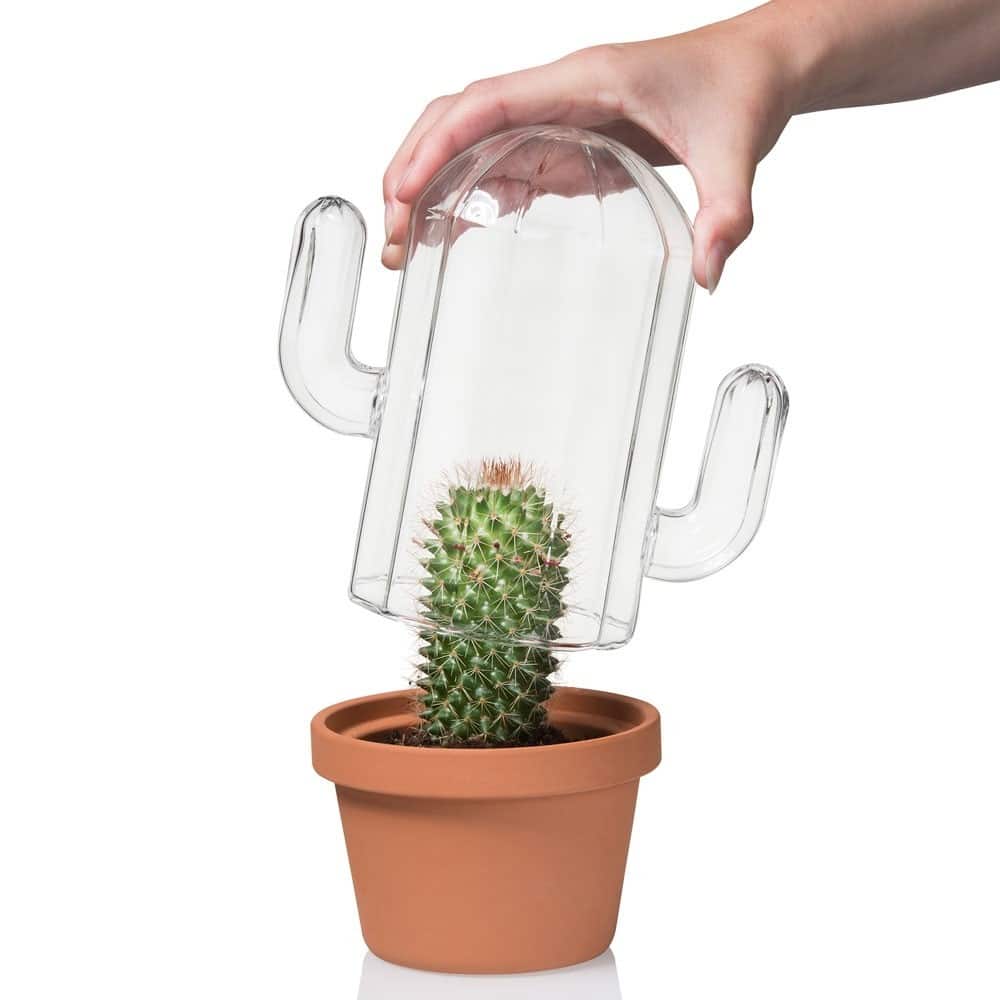
Picture via redcandy
Cactus Terrarium Care and Maintenance
After you build your cactus terrarium, give the plants a few days to bask in sunlight before their first watering. This will give the roots time to adjust to the new environment before exposing them to any potential stress.
A common rule of thumb for watering a cactus terrarium is to water generously, but wait for the soil to dry completely before watering again. To ensure adequate air circulation, you may want to keep your cactus terrarium near a fan or open window.
When you have the opportunity, try sticking your hand inside your terrarium at midday, or at the height of its sun exposure, to make sure the interior doesn’t feel much warmer or steamier than the rest of the room. If you see beads of condensation gathering on the sides of your cactus terrarium or pooling water at the bottom that never seems to dry, these are both signs that you may need to redesign the ecosystem.
While cacti are less susceptible to common houseplant illnesses, they aren’t impervious to things like pests, fungus, or rot. Keep an eye on your plants and look for unusual spots of color, strange textural changes, or clusters of bugs. Cacti are resilient and can usually survive these threats, but they’ll need some attention from you to jumpstart the healing process.
Wear garden gloves to protect your hands from sharp needles when you work on your cactus terrarium. Some species have thin soft needles that grow harder and sharper as they mature. Better to be safe than sorry!

